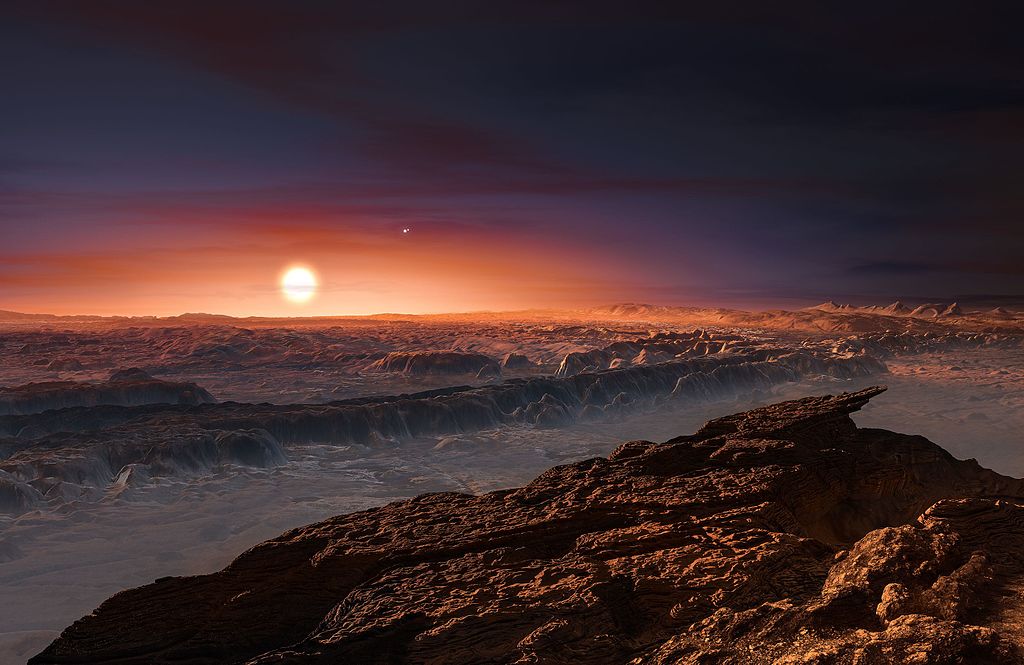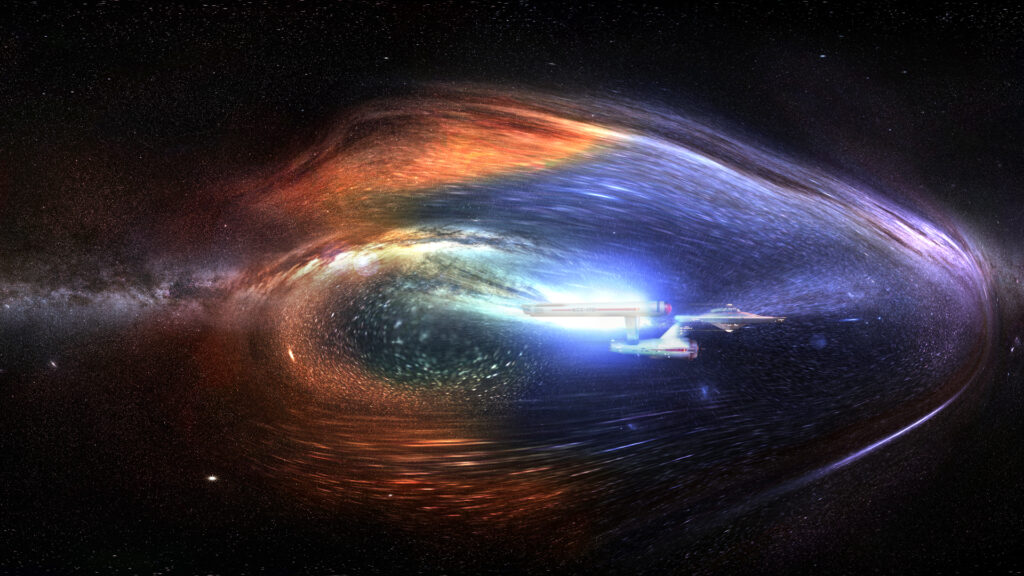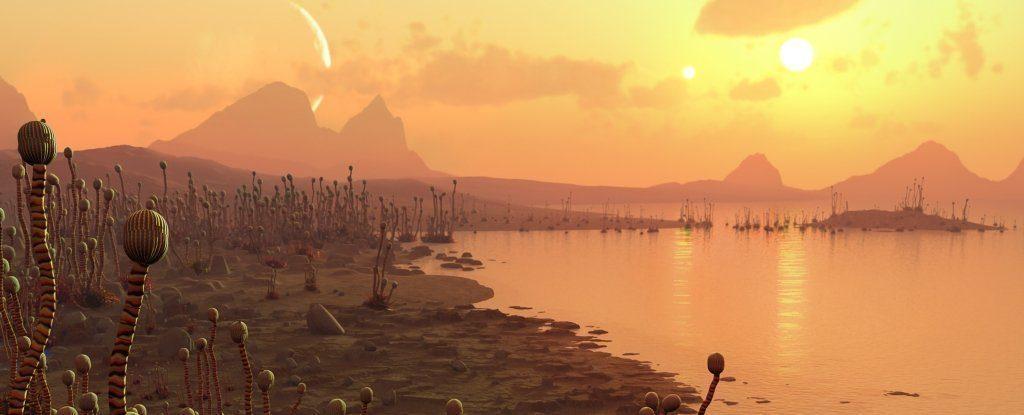EXOPLANET
Humans are now exploring the universe with new technology. We are now capable of finding planets orbiting around their stars. Humans had assumed there were, but now we can find them, and technology is getting better.
So a new term has arisen- exoplanet. Plain and simple, it is a planet not in our solar system. In reality, most of the planets would not be in our solar system, and you could call this an anthropocentric way of looking at things- humans being the defining part of a point of view. It reminds me of Space: the final frontier. These are the voyages of the Starship Enterprise. Its five-year mission: to explore strange new worlds, to seek out new life and new civilizations, to boldly go where no man has gone before. The famous introduction to the TV series Star Trek1.
In Star Trek, it was true; humans hadn’t gone there, but planets are out there, have been there, and outnumber ours. Comparing the planets in our solar system to all the other planets makes us sound grander. To be fair, we must discuss what we have discovered from our point of view; that is the only way we can.

Illustration 2 Walk a Mile in Someone Else’s Shoes and Remember the Importance of Empathy – 1healthyfamily
Writing allows the writer to delve into that tricky area and try to tell some idea from another’s point of view. It is an excellent exercise to walk in another’s shoes. It is interesting how long this idea has been around. One source I read said, “The earliest traces […] of the proverb date back to the Cherokee tribe of Native Americans, who said, “Don’t judge a man until you have walked a mile in his shoes.” In the Bible, “Ruth 4:7-8 in the Bible states, “And this was formerly done in Yisra’ĕl concerning redeeming and exchanging, to confirm every word: one man took off his sandal and gave it to the other, and this was a witness in Yisra’ĕl. So the redeemer said to Bo’az, “Buy it for yourself.” Then he took off his sandal.” Ruth 4:7-8 TS20092 I think it is safe to say the idea has been around for a long time, and I would add that it is a truism.
EARTHLIKE or GOLDILOCKS
The search for other planets begins with the idea of looking for earthlike planets. Two reasons prevail for this methodology. First, we know more about our planet and the other planets in our solar system. We can, therefore, look for planets that have the qualities to produce life as we know it. Secondly, if we find some, they may have life, like ours. Therefore these planets may be suitable for colonization.
At present, unlike in Star Trek, humans in a vehicle exploring out of our solar system is not possible. However, we dream. Advances in knowledge and technology have produced astounding leaps beyond what is ‘known,’ so do not dismiss that. However, we can reach out with our telescopes and increase what we know. We have done so and managed to verify the existence of other planets that are earthlike.
We have named this ideal planet one that falls into the habitable zone or Goldilocks zone. Goldilocks comes from the story of Goldilocks and the Three Bears, in which a little girl chooses from sets of three items, rejecting the ones that are too extreme (large or small, hot or cold, etc.) and settling on the one in the middle, which is “just right.”3
Scientists look for planets where the temperatures are just right for liquid water to exist on a planet’s surface to nurture life as we know it.
An emerging idea, bolstered by a three-decade-long set of stellar surveys, is that there are “Goldilocks stars” — not too hot, not too cool, and above all, not too violent to host life-friendly planets.4
WHAT WE HAVE FOUND
We explorers have found more than five thousand exoplanets considered “confirmed.” Thousands of other possible exoplanets require further observation and analysis.
Humans found the first exoplanets in the 1990s. The current stage of the technology explosion has produced thousands of exoplanets, and no doubt more are to come.5
As we capture and evaluate, our direction has gone into more emphasis on the Goldilocks type of planet and star system. In this area we have come up with ten very good candidates for our kind of life.6 Unfortunately, we can’t zoom in to see if there is life and these ten are not exactly like Earth, just have possibilities. It is a dream to find Earth doppelgangers.
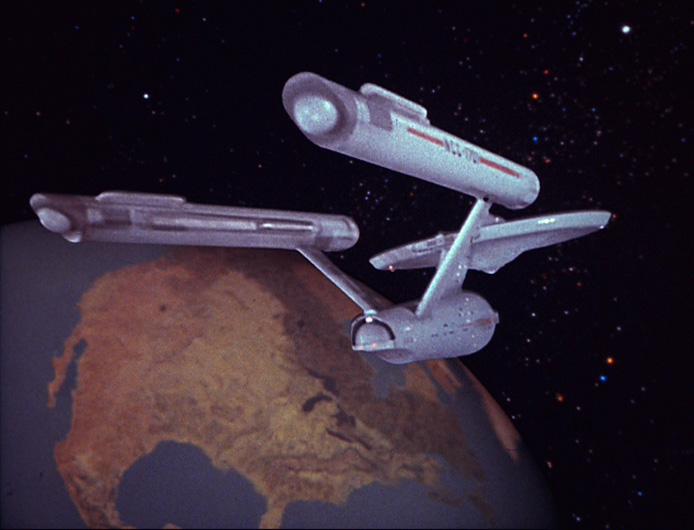
The episode from the original Star Trek Miri S1 E8 and Breads and Circuses S2 E25 had a planet ‘just’ like Earth. The explanation given for this phenomena came in another episode from the Original Star Trek Lights of Zetar S3 E18 that introduced Hodgkin’s Law of Parallel Planetary Development, a biological theory first postulated by A.E. Hodgkin. The theory was that similar planets with similar environments and similar populations tended to gravitate toward similar biological developments over time. Although initially applicable only to biology, it was later expanded to include a tendency to move toward similar sociological developments as well with sentient
beings.7,8
SO WHAT ARE WE DOING WITH THIS INFORMATION?
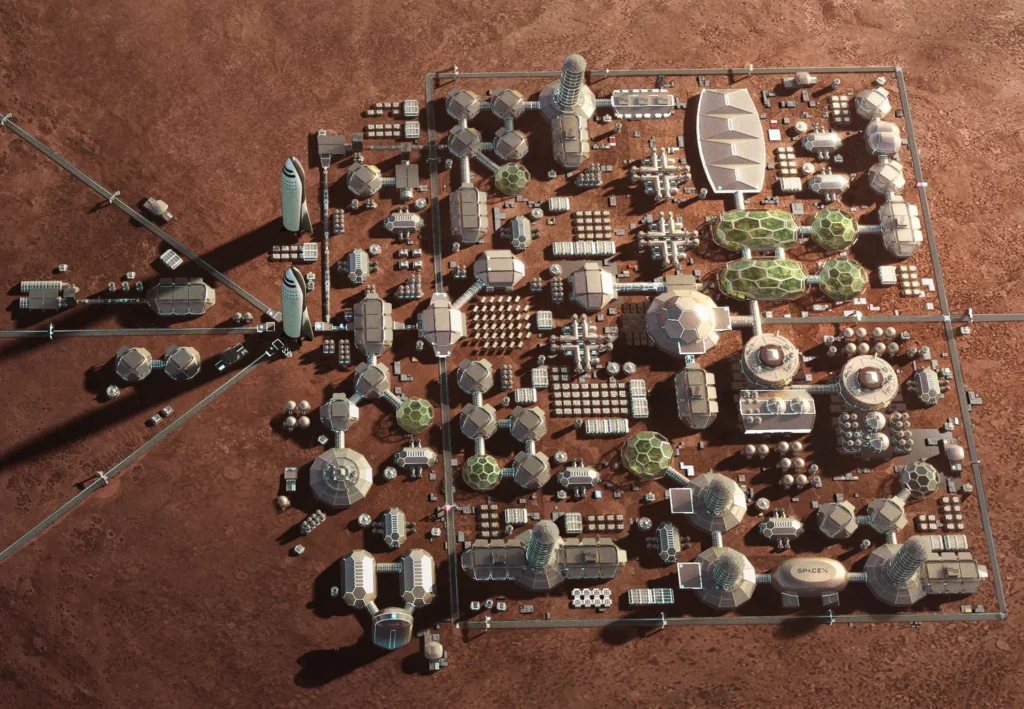
We are going to the Moon and then onto Mars. The object of these endeavors? Science and exploration, for sure. The Moon will become the first base we will have made that will allow the trips to Mars. Eventually, humans will travel to more places. The United States goal is, in cooperation with the European Space Agency, to create a stepping stone for space exploration. Elon Musk (of SpaceX) is planning a self-sustaining city on Mars of 80,000 people. Long-term survival of human life (and doubtless other Earthen life) will require not just the Moon and Mars but asteroids, dwarf planets, and eventually Earth-like exoplanets.9
CONCLUSION
This is a very ambitious plan, but is it worth it? I have often heard how we should spend our money here on Earth. Why spend it on something that has huge obstacles to truly working? That is a fair question.
My answer would be that it is inspiring, but more than that, the more we know, the more we see the fragility of any one planet or star in the long term. Exploring the rest of our solar system is a long-term plan. Like the dynasties of China, planning is a key to survival. Should humans survive? That’s an arrogant question. We are a part of life on Earth and the sentient species, the only one who can do something about the survival of our fellow life forms and ourselves.
This theory of Parallel Planetary Development (from Star Trek) holds merit. My previous essay, Are We on Track? Blog #12. Given the laws of physics and, therefore, the development of the universe, we would end up with similar worlds and similar living organisms. There are different suns, planets, untethered pieces of rock, and ice, but the forces still play on them the same. If a planet is similar to Earth, it would follow the same rules, and evolution would push it toward similar results. When I refer to evolution, I mean the basic idea of the theory- WHATEVER WORKS, and what works allows continuation, what does not end it. That would include living and nonliving; it is just a recording method. Did something work and therefore continue, or not?
There is a danger in reaching out, more than just surviving the journey. People will die. In addition, “It would be much better for humans to keep a low profile. There is a good chance we do not want aliens to come calling”, Stephen Hawking warned us, “because they very likely would not be the cuddly, ET types we hope for.”10
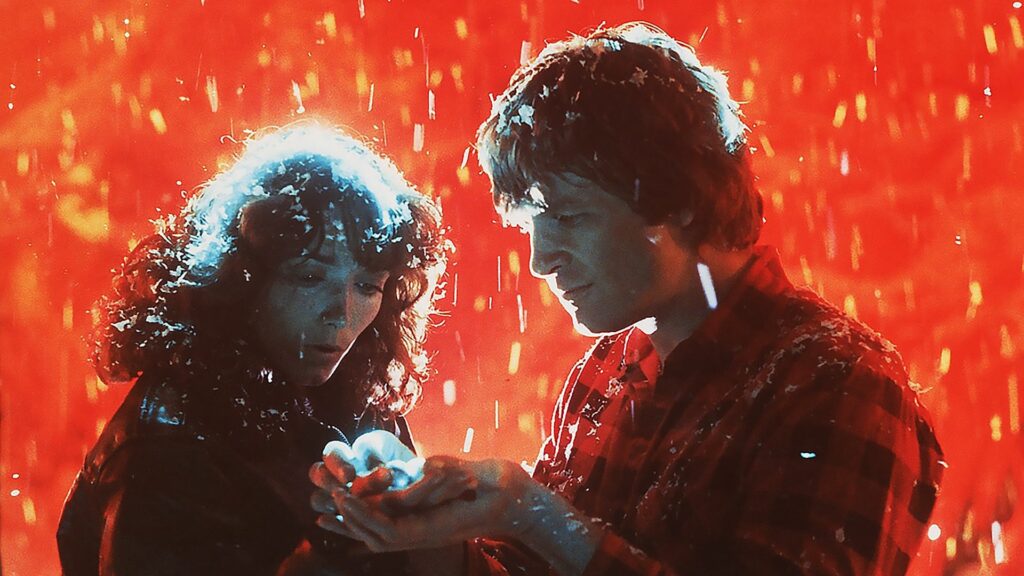
Does this make aliens possibly evil? Not necessarily; they would be living with the same need to survive. Star Man 1984 is a movie that shows a mixture of this problem. The humans freak out, rightly so, not knowing what this visiting fellow is doing. We have a right to protect ourselves, but the alien is responding to an invitation to visit- the famous gold disk Humans sent out. It turned out well: the human woman and the alien fall in love, the alien gets home, and the conclusion is that humans are worth having around. The humans wanted to dissect the alien, though, and the alien’s people have little empathy. The alien finds empathy and approves of us, but would that necessarily happen? Maybe the aliens would think we are too weird. The very things we value could not be desirable. It is an issue.
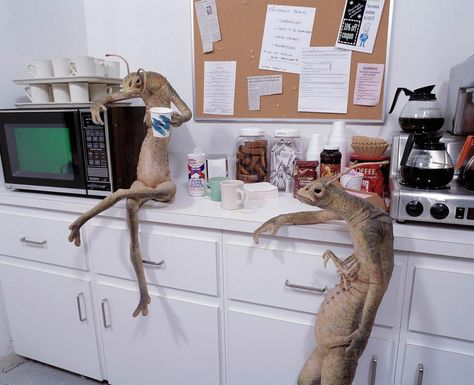
I understand, but the idea that many civilizations are ‘out there’ could arguably be untrue. Hawking also said that most aliens are likely “the equivalent of microbes or simple animals.” It would be the highly evolved ones we’d have to watch out for.10 The fact that the universe is so large and our knowledge so limited on how to traverse it plus the fact we have scarce evidence that there is life out there. Sorry, if you believe in UFOs, I don’t mean there isn’t any but that we have yet to produce the actual bodies. There is time yet before that happens.
©JM Strasser August 2024 All Rights Reserved
Footnotes
1. https://www.shmoop.com/quotes/space-the-final-frontier.html
2. https://english.stackexchange.com/questions/268325/what-is-the-origin-of-putting-yourself-in-someone-else-s-shoes
3. https://en.wikipedia.org/wiki/Habitable_zone
4. https://exoplanets.nasa.gov/news/1620/goldilocks-stars-are-best-places-to-look-for-life/?sa=X&ved=2ahUKEwiChOvz2L_uAhUUHXAKHY54AJIQ9QF6BAgEEAI
5. https://science.nasa.gov/exoplanets/how-many-exoplanets-are-there/
6. https://www.space.com/30172-six-most-earth-like-alien-planets.html
7. https://scifi.stackexchange.com/questions/4821/how-and-why-was-miris-planet-a-duplicate-of-earth
8. https://memory-alpha.fandom.com/wiki/Hodgkin%27s_Law_of_Parallel_Planetary_Development
9. https://science.howstuffworks.com/colonize-other-planets.htm
10. https://www.npr.org/sections/thetwo-way/2010/04/aliens_stephen_hawking.html
Illustrations
1. Exoplanets With “Goldilocks Zone” Could Host Life, NASA Suggests | Science Times
2. https://i1.wp.com/1healthyfamily.com/wp-content/uploads/2020/06/shoes.jpg?fit=450%2C300&ssl=1
4. https://i0.wp.com/gritdaily.com/wp-content/uploads/2020/01/goldilocks-stars-grit-daily.jpg
5. https://trekmovie.com/wp-content/uploads/miri/old_miri_03.jpg
7. https://image.tmdb.org/t/p/original/fny1B9hmVilFtU3RRjkMZffBjUi.jpg
8. https://i.pinimg.com/474x/fb/82/7d/fb827d222933f4c1bf23cd7431837d76–men-in-black-drinking-coffee.jpg
